Formula 1®
Formula 1: We compare times of the 2017 generation of cars with those of 2016
Key Takeaways
- The first season with the new generation of Formula 1 cars is over
- Cars in the sport’s top class were set to become wider, faster and more dynamic, but would lap times live up to expectations?
- Read on for the full story as we compare 2016 and 2017
The existing situation
Formula 1 got its biggest facelift since 2009 for the start of last season. Cars and tires became wider, aerodynamics were sharpened up, all with the aim of significantly improving lap times, producing higher cornering speeds and making racing more challenging for drivers. The new rules were adopted in 2015. Cars’ performance improved greatly in 2016 thanks mainly to the introduction of the ultrasoft tire, but the major leap forwards took place this year.
The subject of tires deserves a very special mention in our analysis. Since Pirelli only tested with team “mule cars” as they worked on wider boots for 2017 and tire loads could not be properly simulated as a result, the Italians erred on the side of caution, which meant that tires were one grade harder than they had been in 2016. Drivers complained about lack of grip all season, even at the season finale in Abu Dhabi.

2016 vs. 2017: We compare qualifying sessions
Not all differences are the same. The longer the track, the greater the likelihood that the difference in times will be greater. It’s no wonder, then, that the overall difference in Belgium was greater than at any other circuit. Drivers were no less than 4.191 seconds faster in qualifying than they had been last year, an improvement of 0.598 seconds per kilometer.
However, that figure was exceeded at several tracks. The Hungaroring near Budapest produced the biggest difference, as cars there were a whopping 0.831 seconds per kilometer quicker than in 2016. What’s also surprising in all of this is that tire compounds used in the Hungarian GP were the same as those used last season, one grade harder this year. The same was true for the Chinese GP where an improvement of 0.683 seconds per kilometer was achieved in qualifying with the same compounds that were used in 2016.
The Bahrain circuit is at the bottom of our list, as times there failed to even improve by a full second overall and by a mere 0.134 seconds per kilometer. The reason for that was mainly due to the layout of the circuit in the desert. Although the new rules produced an increase in cornering speeds, top speed down the straights went down due to the higher wind resistance of the wider cars. Bahrain has several long straights and only a few fast corners.
Across all qualifying sessions – excluding the Italian GP which was hit by rain on Saturday – the improvement was 2.450 seconds on average, an increase of 0.477 seconds per kilometer.
Improvements in qualifying times from 2016 to 2017
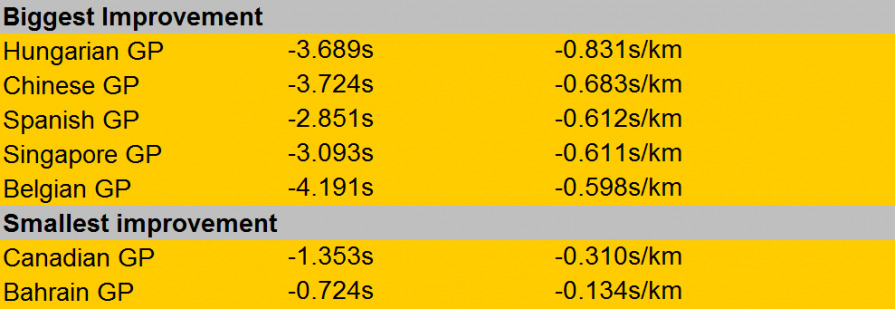
2016 vs 2017: We compare DHL Fastest Laps
Fast times in qualifying are one thing, but as regards actual races, there has been much criticism in recent years of the way Formula 1 has become more like endurance racing with too much emphasis on fuel saving and nursing of tires and not enough racing on the limit. The harder tires at least allowed for a little more racing in 2017, and lap times dropped like a stone. Taking all the races into account, speeds on Sundays were even slightly higher than on Saturdays with a fall in lap times of 0.518 seconds per kilometer on average.
In absolute terms, Spa-Francorchamps was again slightly in front with times coming down by five seconds, but relatively speaking, the Monaco GP, surprisingly, produced the biggest difference. Although the track is just over three kilometers in length, Sergio Perez took more than three seconds off 2016’s best time, which equates to almost a second per kilometer, an amount unequaled this season. However, this was partly due to the fact that he bolted on new tires again shortly before the end of the race.
Last year’s British GP was also much faster. Lewis Hamilton shaved almost five seconds off 2016’s best time. However, supersoft tires were used for the first time. Actually, Pirelli’s plan once again was to deploy the three hardest compounds at Silverstone. However, a slightly more progressive approach was adopted after the first outings, especially on the hardest compound. In qualifying, though, that was much less the case, surprisingly.
The smallest improvement in both absolute and relative terms was in Austria. Lewis Hamilton’s fastest lap was just one second faster than last season’s best time, amounting to an improvement of just 0.232 seconds per kilometer. The race in Montreal produced similar results. The same tire compounds used in 2016 were deployed at both tracks, and track layout with many high-speed sections and relatively few fast corners, did the rest.
Improvements in DHL Fastest Laps from 2016 to 2017
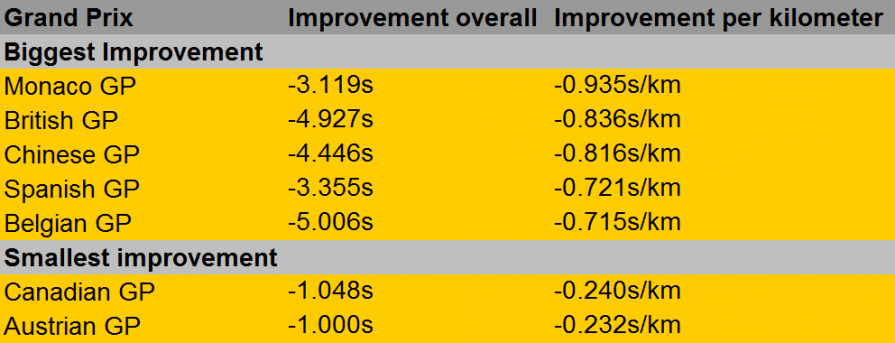
Lewis Hamilton burned the fastest time into the asphalt the greatest number of times during the season as a whole. The Mercedes driver won the DHL Fastest Lap Award for the third time following success in 2014 and 2015 with a total of seven fastest race laps, putting the icing on the cake to a perfect season for him.
2016 vs. 2017: The most important turns
Four turns in particular serve to bring home the full impact of the new regulations. First up, Turn 3, Barcelona’s long, never-ending right-hander. While this was taken at a top speed of 212 km/h last year, drivers attained 248 km/h there this year, an increase of just under 17 percent, making this corner the one that saw the biggest increase in speed in percentage terms.
Same circuit, but a few meters further up the road. Turn 9, the fast right-hander after the left-right uphill section. Drivers also put their collective feet down at this spot with speedos now indicating 245 km/h instead of 215 km/h, an improvement of some 14 percent.
Silverstone’s Copse Corner is one of the most famous, most treacherous in F1. It used to be the first turn on each new lap but is now part of the middle sector. Copse Corner has in no way lost its sparkle, though, after the change. Drivers were clocking up 260 km/h through here in 2016 but were an amazing 30 km/h quicker this season, 11.5 percent faster.
Pouhon at Spa-Francorchamps probably made the biggest headlines in the wake of the new rules. The ultra-fast left-hander could suddenly be taken at full throttle, which was previously impossible. Fernando Alonso even confused his Honda engine unit and unwittingly caused a problem. Speed went all the way up from 253 km/h to 289 km/h, an improvement of 14.2 percent.


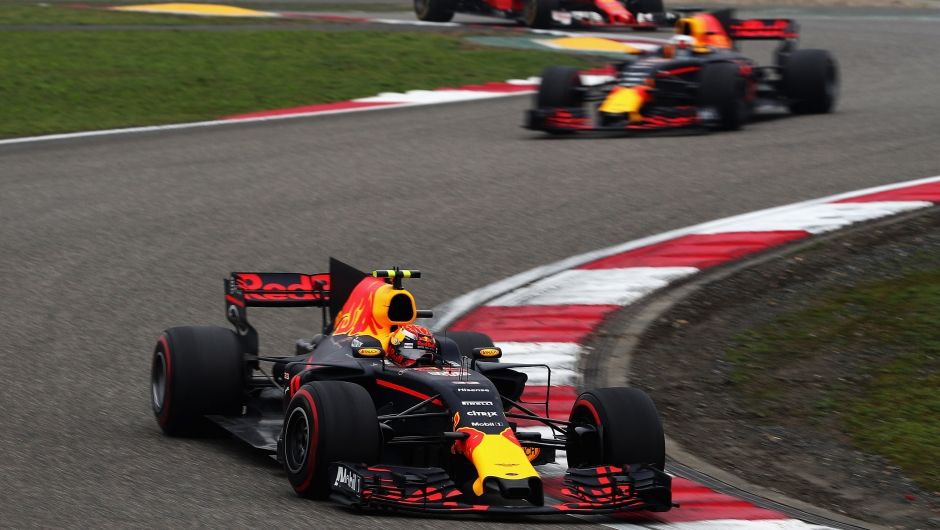
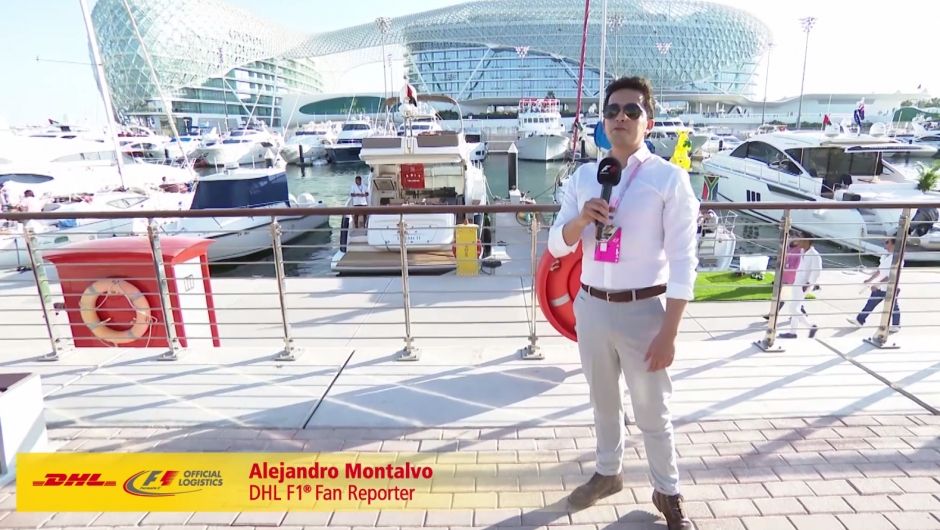
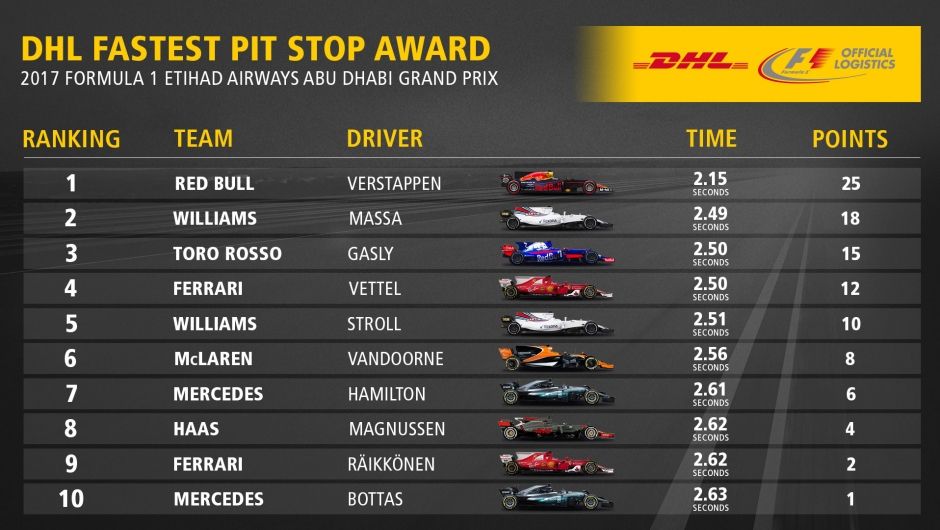
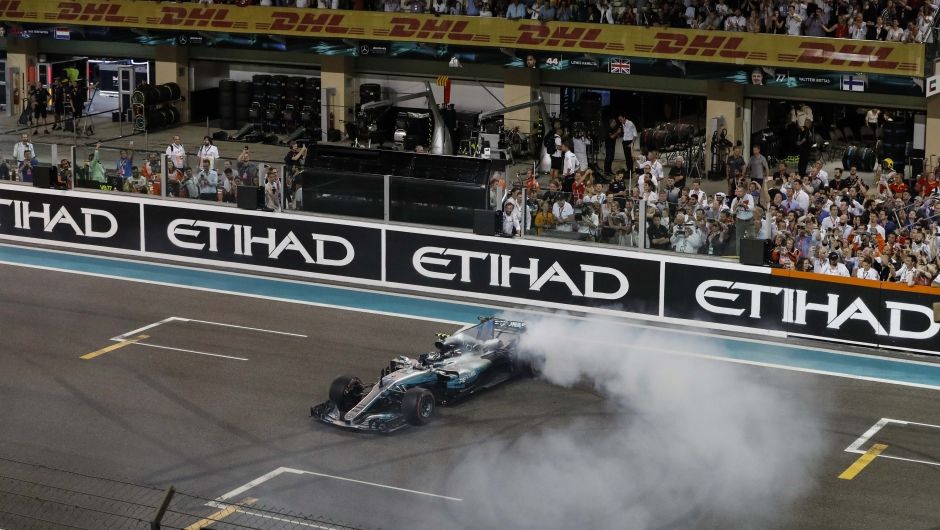
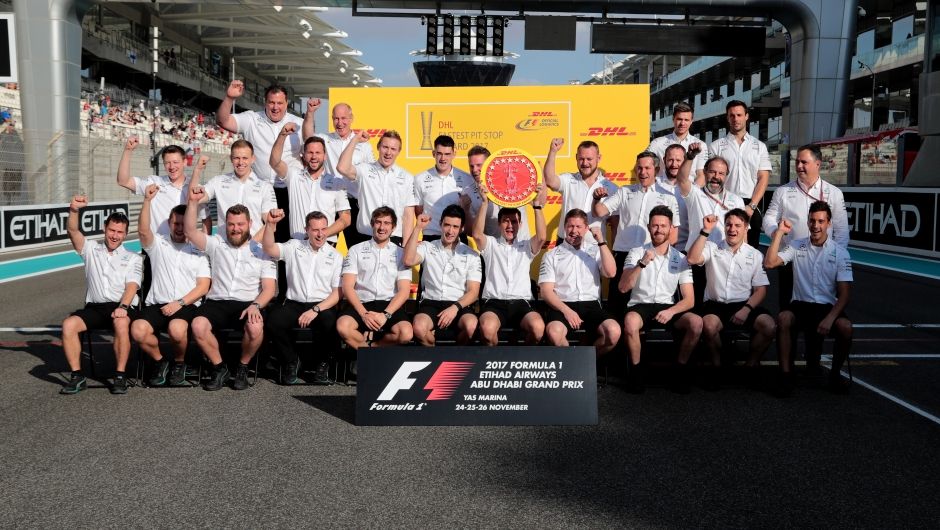
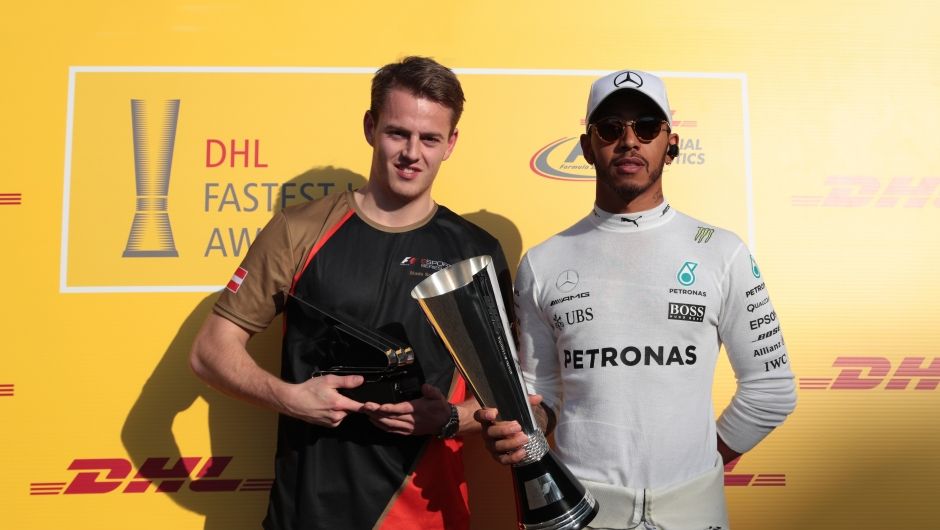
Content from disqus has been blocked because you did not allow to load it.
Loading the blocked content will adjust your privacy setting and content from this service will not be blocked in the future.
You have the right to revoke or change your decision at any time.
Posting Guidelines
All communications on Logistics of Things should be appropriate for a professional community, respecting the diverse views of individuals from different backgrounds. We will review all comments and reserve the right to terminate or restrict access to user's account and to delete any content posted through it, without notice and at our discretion, if we deem it to be overly promotional, offensive, or off topic.
All posting become property of DHL.